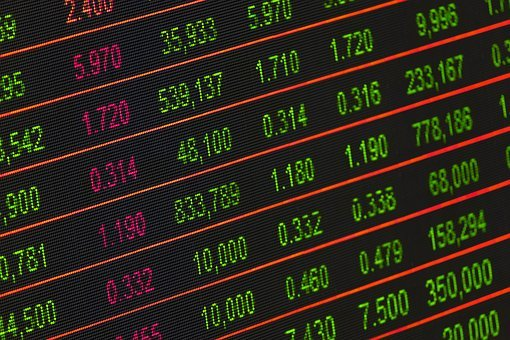Predicting stock movements and equity markets can be a challenging task. To analyze the stock market, equity analysts make use of many indicators and proven methods to predict the market’s movements. Some of the major indicators used by fund managers and market analysis include both technical and fundamental indicators. In this guide, we will introduce you to ideas and methods that are used by fund managers and may not be commonly used by retail investors to accurately predict the stock market.
Technical Indicators for Stock Market Analysis
Put-Call Ratio
When two parties agree to trade an entity at a predetermined rate on a decided day or before, the agreement is known as a put option. When you purchase a put option, you get an option to trade the commodity or stock at a specific rate on a pre-decided day. However, you are not obliged to sell the asset.
That said, the put option’s seller is obliged to purchase the asset at a predefined cost in case the buyer decides to trade the commodity. With that being said, the call option offers the buyer the right to invest in a specific commodity before or on a specific date at a set number from the call option’s seller.
The put-call ratio is worked out by dividing the number of put choices to be exchanged by the volume of call choices to be traded. If you find the put-call ratio to be increasing, it might be an indicator that the amount of put options being traded is increasing. This essentially signals that fund managers and investors are getting their portfolios hedged in a fear that there may be a drop in the market or because they foresee a decline.
Trading Volume
The number of contracts or shares moved in the market is indicated by the trading volume. It can be used to understand when a certain price trend is supported by market investors or not. When a share’s price increases higher than the expected volume, it might indicate that the stock is likely to continue moving upwards. If you enjoy charting and trading, you can explore various platforms or download thinkorswim to experience it all within the same setup. If the volume is big but the price trend is decreasing, it may indicate a downward trend.
In addition, if the trading volume is high it can also indicate the trend going through a reversal. To better grasp the process, let’s take an example. If the cost of the assets drops while the trading volume is very high, it can be an indication that the stock market is falling.
Fundamental Indicators for Stock Market Analysis
Interest Rates
Companies are impacted when there is a change in interest rates. It is often not a good thing in regards to the industrial and corporate sectors when the interest rates are high. The rate-sensitive automobiles and real estate sectors see a decline in demand when the rates are high. Expert economists and conventional traders say that one must sell the shares when short-term rates are high and buy when the rates are low.
Normally, the long-term rates are higher than the short-term rates because the uncertainty is factored in. It’s important to note that if the rates of long-term ones are bypassed by the short-term securities, it can be an indicator of a recession.
Dividend Yield
If you divide the yearly dividend paid by the current price of each share, you can calculate the dividend yield. If you find the dividend yield to be lower, it can be understood that the stock may be overvalued because the price of the share is considerably more. This is a sign that the share’s price may suffer a decline. Alternatively, if the dividend yield is found to be high, it can mean that the business is trying to engage investors with higher dividends because the stock price is undervalued, and increase their interest in the stock.
The same formula can be applied to a stock index as well. Once you have calculated the aggregate dividend yield of the index, you can find out if the dividend yield is high or low in comparison to the past dividend yields. A high dividend yield is an indicator of an underpriced market, while a low dividend yield means the market is overpriced.
While volumes traded and put-call ratio are classified as technical indicators, the fundamental indicators include interest rates, price-to-book ratio, and price-to-earnings ratio. Although the indicators are widely used to give us insight into the movements within the market, they are not foolproof and can sometimes steer you in the wrong direction, so it’s important to be mindful of this.



